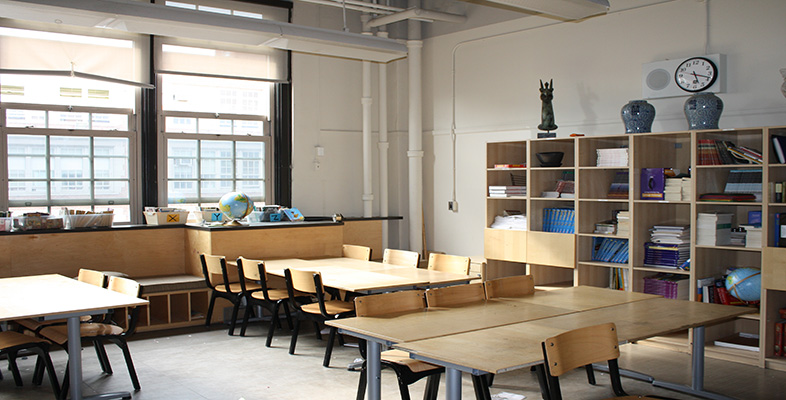3.1 Case study
There are many definitions of case studies in the literature, and many different types of case study (Yin, 2003; Stake, 1995; Gillham, 2000; Bassey, 1999). However, they all have the following features:
- they are ‘bounded’ in space and time
- the research takes place in the natural context and draws on multiple methods of collecting data
- the purpose is to inform practitioners, policy makers or theoreticians.
A case study might be designed to find out more about a situation; it might be designed to test a particular theory or it might be designed to try and explain an observed phenomenon.
The main criticism of case studies is that the findings cannot be generalised. This can be addressed by making the context clear to the reader in a detailed report; it is then up to the reader to take from the study information and ideas that might apply to their own situation.
Activity 6: Case study 1
Read the account of Lucy’s project [Tip: hold Ctrl and click a link to open it in a new tab. (Hide tip)] .
Answer these questions:
- What was the ‘case’?
- What were the main ethical issues facing Lucy? Use the ethical checklist from the Activity 4. How might these have affected her methodology?
- Work out how Lucy’s data will help her to answer the questions in the table, see below.
| Research question/sub-question | Data source |
|---|---|
| What attitudes to students have towards science? | |
| Can targeted activities designed to support scientific literacy improve student attitudes to science? | |
| How can I improve students’ writing in science? | |
| Can targeted activities designed to support scientific literacy improve students’ learning of scientific concepts? |
- Summarise what Lucy found out as a result of her work.
Discussion
In this case, the ‘case’ was Lucy’s class. A case could be a group of children, within a class, a year group or children involved in a particular activity.
She would need permission to record children, she would need to think about how to select the children to interview and the effect that this might have on others.
When to interview children is also an issue – both taking them out of lessons and imposing on their leisure time could be considered to be problematic. This is an important issue and involving a colleague in her research was a good way of increasing the impact of her work.
